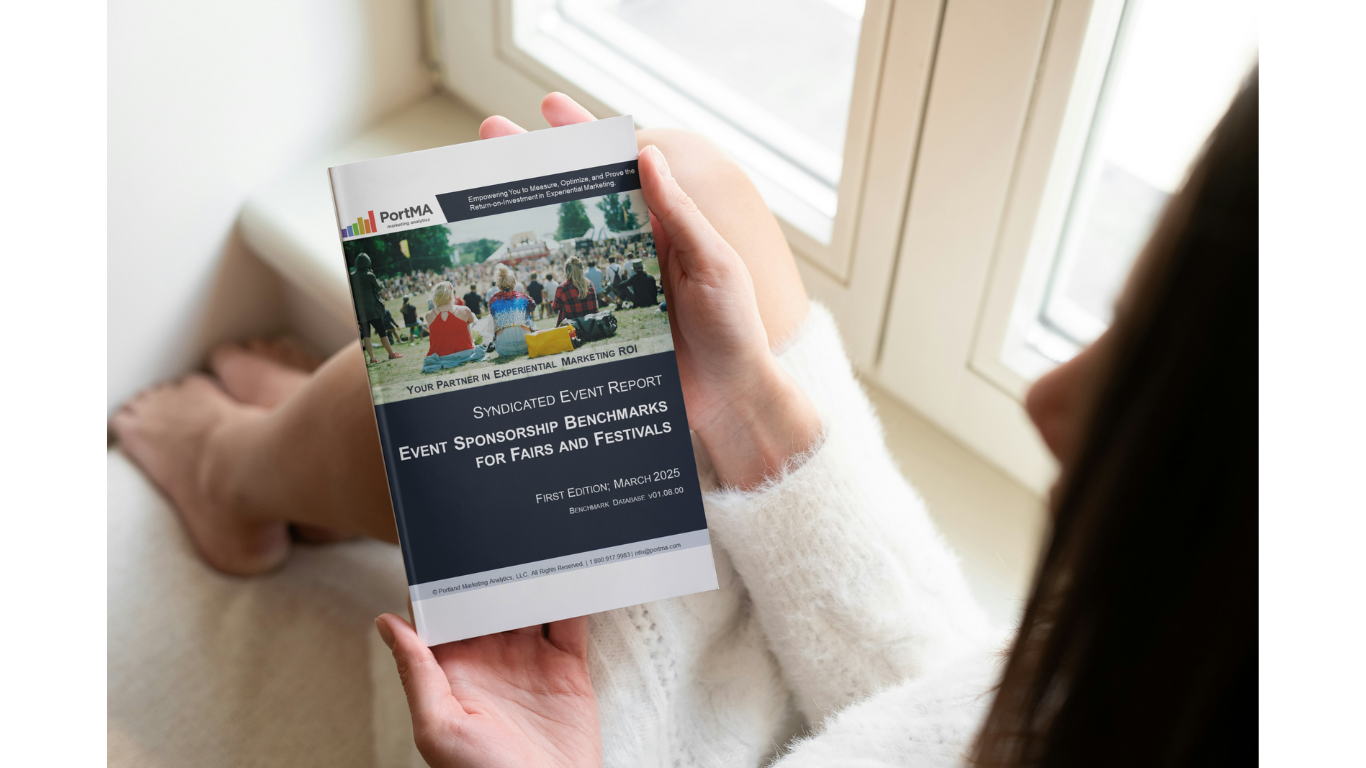
When it comes to sponsorships at fairs and festivals, brands often face a critical challenge: ensuring their investments generate tangible returns. Whether evaluating new opportunities or optimizing existing partnerships, making data-driven decisions is crucial for success.
Key metrics should include:
- Audience engagement metrics to measure event impact
- Cost-per-engagement data to ensure budget efficiency
- Industry comparisons to gauge performance against competitors
These insights help brands refine strategies and maximize ROI.
Estimated reading time: 1 minute
Table of Contents
Why Data-Driven Sponsorship Decisions Matter
Sponsorship investments can yield different results, and relying on intuition alone can lead to missed opportunities or wasted budgets. Using data-driven insights, brands can make informed decisions that drive measurable impact.
Understanding performance against industry standards helps brands pinpoint strengths and areas for improvement. Adjustments may be needed to increase audience interaction if an activation’s engagement rate is lower than the industry average.
Measuring ROI metrics such as cost per engagement, audience reach, and brand recall ensures that every sponsorship dollar is spent efficiently. If one event delivers lower engagement at a higher cost, shifting the budget to better-performing sponsorships can maximize returns.
Access to audience demographics allows brands to align sponsorships with the most relevant attendees.
If Gen Z dominates a festival’s audience, but a brand’s activation primarily appeals to millennials, refining messaging and engagement tactics can significantly improve effectiveness. Additionally, brands can refine activation strategies by identifying which sponsorship elements work best. If on-site experiences drive more engagement than digital extensions, brands can adjust their approach to enhance future activations.
With real-time data and industry benchmarks, brands can confidently evaluate sponsorship opportunities, optimize activations, and achieve more substantial ROI.
The Benefits Experiential Marketers Realize When Using Sponsorship Benchmarks
Smarter sponsorship evaluations help identify the right opportunities by aligning them with business goals.
For example, a festival producer deciding between a beverage brand and a tech sponsor can use benchmarks to determine which category drives higher brand impact or long-term brand affinity.
Performance benchmarking allows event organizers to measure and compare sponsorship success against industry standards. If an annual festival attracts 100,000 attendees but brand recall falls below the industry average, benchmarks can highlight areas for improvement. This could mean increasing interactive activations or refining the media amplification strategy to create a more substantial impact.
Informed decision-making ensures that sponsorship strategies are backed by data to maximize ROI. If a past activation generated high foot traffic but low conversion, benchmarking can reveal whether the issue was poor brand alignment, a weak call-to-action, or ineffective on-site execution. With these insights, festival producers can optimize future sponsorships for better results.
By leveraging sponsorship benchmarks, festival producers can make data-driven decisions that attract the right partners, enhance attendee experiences, and increase sponsorship value year after year.

Ready to Transform Your Sponsorship Strategy?
TAKE ACTION TODAY!
The Fair & Festival Sponsorship Benchmark Report delivers data you need to:
- Compare your sponsorship performance against industry leaders
- Justify your budget with real, data-driven insights
- Optimize future investments for Higher ROI
Get the Full Benchmark Report Now to access comprehensive insights and boost your sponsorship ROI.
Click to Read More and DownloadWatch PortMA President, Chris Clegg, as he walks you through how to leverage the Fair & Festival Sponsorship Benchmark Report to maximize your Sponsorship ROI.
